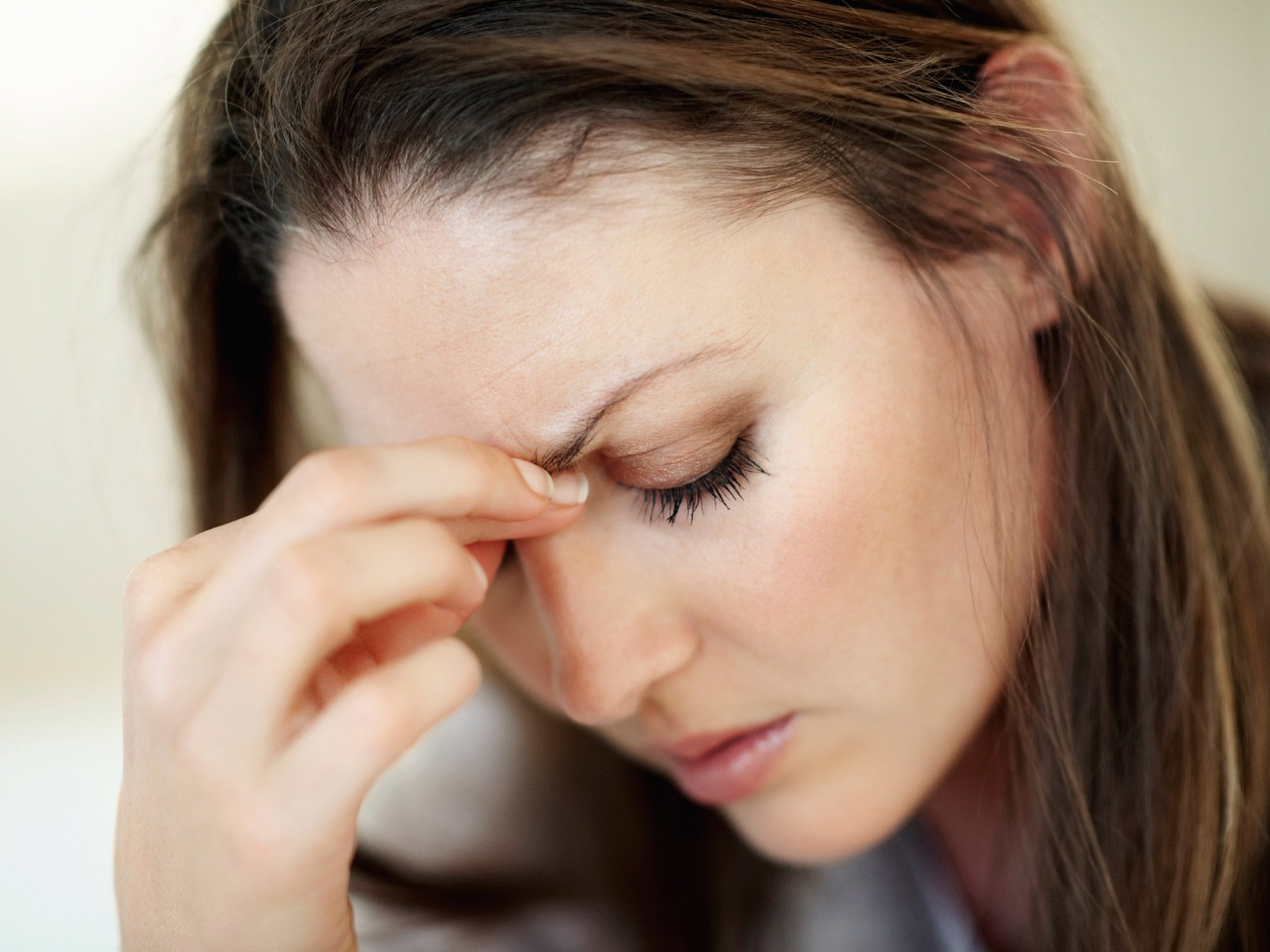Public being increasingly exposed to airborne ultrasound, research says
Scientists find rise in exposure at railway stations, museums, libraries, schools and sports stadiums

The public is being unwittingly exposed to airborne ultrasound, according to new research.
Scientists at the University of Southampton found increasing exposure in railway stations, museums, libraries, schools and sports stadiums, in which complaints of nausea, dizziness, migraine, fatigue and tinnitus have previously been reported.
Ultrasound, sound waves with frequencies higher than the upper audible limit of human hearing, can be generated in public places from a number of sources including loudspeakers, door sensors and public address systems.
Workers who have been regularly exposed to occupational ultrasound through industrial devices for cleaning and drilling have reported similar negative effects over the year.
Study author Professor Tim Leighton said that while there has been insufficient research to confirm or deny a link, current guidelines for occupational safe levels are inadequate to cope with the current mass exposure of large numbers of people.
Professor Leighton, from the University’s Institute of Sound and Vibration Research, said: “Existing guidelines are insufficient for such large public exposures as the vast majority refer to occupational exposure, where workers are aware of the exposure, can be monitored and can wear protection. Furthermore, the guidelines are based on the average response of small group, often of adult males.
“The guidelines are also based on an insufficient evidence base, most of which was collected over 40 years ago by researchers who considered it insufficient to finalise guidelines, but which produced preliminary guidelines. This warning of inadequacy was lost as regulatory bodies and organisations issued ‘new’ guidelines based on these early guidelines, and through such repetition generated a false impression of consensus.”
Professor Leighton collected readings of very high frequency/ultrasonic fields (VHF/US) above the threshold of current guidelines in a number of public buildings, at a time when they were occupied by hundreds of people.
He is now calling for further research and the production of a new set of guidelines based on this research.
“The lack of research means that it is not possible to prove or disprove the public health risk or discomfort,” Prof Leighton said. “However, it is important that sufferers are able to identify the true cause of their symptoms, whether they result from VHF/US exposure or not.”
Professor Leighton suggests several new measures. He said guidelines for occupational exposure must not be applied to public or residential exposure, and recognition must be given to exposure of long-term 'guests' – such as those in schools, hospitals, prisons or public transport for example.
Research is required to ensure that guidelines properly account for the selection of those adverse effects that should be minimised or prevented, he said.
A full list of the guidelines and research recommendations can be found in the study, published in the journal Proceedings of the Royal Society A.
Join our commenting forum
Join thought-provoking conversations, follow other Independent readers and see their replies
Comments
Bookmark popover
Removed from bookmarks